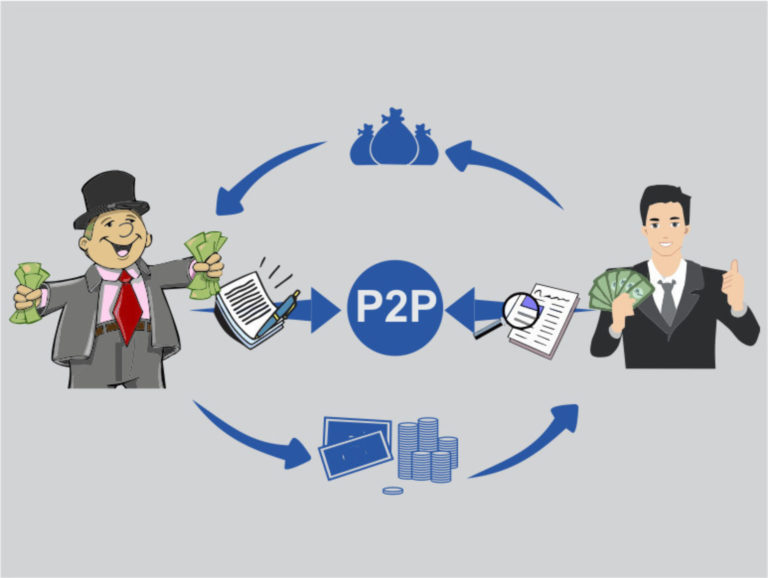What does RBI think?
The RBI devised a regulatory framework for all Peer to Peer lending companies, which is categorized as NBFC-P2Ps, conditioned the minimum NOF (Net Owned Fund), set down various regulatory and prudential requirements within this framework. Finally, the P2P lending platform is recognized as an NBFC- P2P industry with better credentials and respect in the mind of the Lenders, Investors, and Borrowers.
Finally, the P2P lending platform is recognized as an NBFC- P2P industry with better credentials and respect in the mind of the Lenders, Investors, and Borrowers. The RBI’s decision to acknowledge and regulate the P2P lending platform is a much-needed initiative to the cause of financial inclusion in the Indian economy.
Given the technology behind Peer to Peer lending is approximately new and still evolving, the RBI’s move serves to recognize its value and its implications for the Indian economy’s growth.
Our Take…
India is a complex economy because implementing something open like a P2P platform might not be very straight forward as might one think. Although this technology can help in a big way, there is a need for more tests in place from India’s central bank to safeguard the interests of lender and borrowers
As a lender/borrower always go for companies with vintage, many newcomers show up in every industry at the beginning with fancy deals that might not be very feasible in the long term.

From a borrower’s perspective, it’s important to get into the nitty-gritty before getting into it as it might seem to be bright at the beginning but the terms and conditions could be charging.
Does it help the economy?
Peer to Peer lending certainly might contribute to our economy as there are multiple scenarios that are feasible as a lending use case but cannot be covered into the standard banking system, but necessary analyses need to take place in order to make it safe. In our view, RBI has rolled out some modus operandi but is still watching this space. We expect more norms rolling out soon.
